Resources
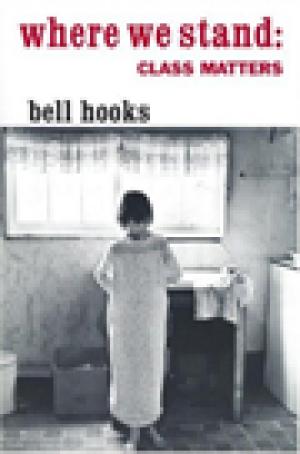
Drawing on both her roots in Kentucky and her adventures with Manhattan Coop boards, Where We Stand is a successful black woman's reflection - personal, straight forward, and rigorously honest - on how our dilemmas of class and race are intertwined, and how we can find ways to think beyond them. (From the Publisher)

Using Cases in Higher Education: A Guide for Faculty and Administrators is an essential resource created for faculty and administrators who utilize case studies to analyze, assess, and respond to the complex and difficult issues facing higher education leaders. While this volume will prove useful with any case study, it is specifically designed to complement the series of casebooks and teaching notes, starting with Casebook I: Faculty Employment Policies and Teaching Notes to Casebook I: Faculty Employment Policies. (From the Publisher)
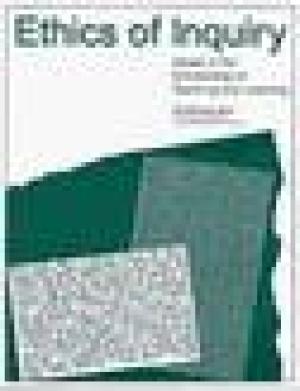
Intended as a resource to assist faculty and campuses in thinking carefully about ethical dimensions of the scholarship of teaching and learning, Ethics of Inquiry provides an overview of the issues, sets the context and offers multiple perspectives from which to view these issues. The volume includes seven case studies by scholars of teaching and learning reflecting on ethical dimensions and dilemmas in their work. Each case is followed by three commentaries by respondents, including students, with diverse points of view. (From the Publisher)
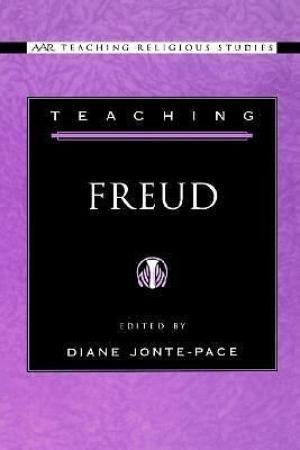
AAR Teaching Religious Studies Series (Oxford University Press) One of the central questions of the field of Religious Studies is "What is religion and how might we best understand it?" Sigmund Freud was surely a paradigmatic cartographer of this terrain. Among the first theorists to explore the unconscious fantasies, fears, and desires underlying religious ideas and practices, Freud can be considered one of the founders of the field. Yet Freud's legacy is deeply contested. With his reputation at perhaps its lowest point since he came to public attention a century ago, students often assume that Freud is sexist, dangerous, passe, and irrelevant to the study of religion. How can Freud be taught in this climate of critique and controversy? The fourteen contributors to this volume, all recognized scholars of religion and psychoanalysis, describe how they address Freud's contested legacy by "teaching the debates." They describe their courses on Freud and religion, their innovative pedagogical practices, and the creative ways they work with resistance. Part I focuses on institutional and curricular contexts: contributors describe how they teach Freud at a Catholic and Jesuit undergraduate institution, a liberal seminary, and a large multicultural university. In Part II contributors describe courses structured around psychoanalytic interpretations of religious figures and phenomena: Ramakrishna, Jesus and Augustine, myth and mysticism. Part III focuses explicitly on courses structured around major debates over gender, Judaism, anti-Semitism, religion, and ritual. Part IV describes courses in which psychoanalysis is presented as a powerful pedagogy of transformation and insight. (From the Publisher)
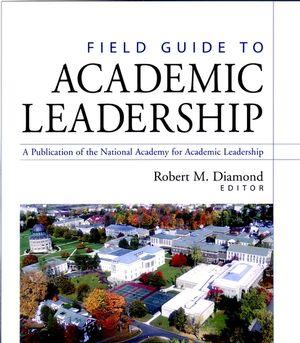
This guide for those in leadership positions at academic institutions provides information and suggestions for action and administrative practice related to a range of issues. The guide blends research on leadership, change, teaching, and learning with the insights of academic leaders and researchers across the US, and stresses the need for cooperation and collaboration among leaders. Two introductory chapters review forces of change affecting higher education and introduce elements for significant change, while the bulk of the book offers material on leadership roles and challenges, teaching and learning, assessment, organizational issues, and position-specific issues. (From the Publisher)
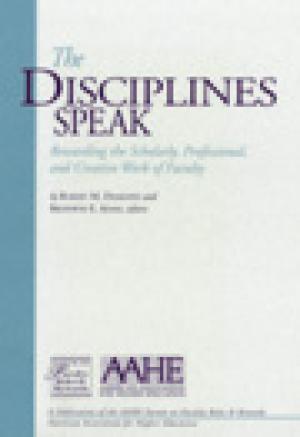
This set of two volumes offers statements from disciplinary/professional societies on what faculty work deserves recognition and reward in their unique culture/community. Volume I covers religion, history, geography, math, chemistry, the arts, business, journalism, and family/consumer science, plus the National Education Association. (From the Publisher)
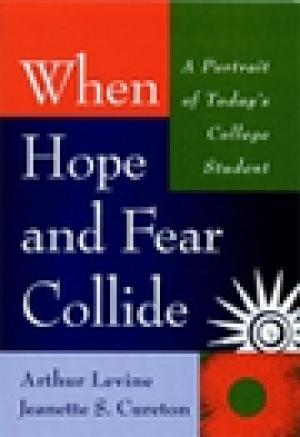
In his 1980 book When Dreams and Heroes Died, Arthur Levine presented a portrait of a generation of college students without heroes - a generation optimistic about their own futures, but pessimistic about the future of the country and the world. These students turned inward, away from activism and community and toward individual and material gain, a trend that continued throughout the 80s and showed little sign of changing. But when Levine returned to campuses in the 1990s, he discovered a startling and encouraging shift in the attitudes of the new generation of students. When Hope and Fear Collide examines a generation motivated by a conflicting sense of hope and fear. While today's students fear a great many things both on a global level and on a local level, they are less pessimistic than the previous generation, as they look for ways to make a difference in their world. Levine and Jeanette Cureton explore what shaped this change and how those who deal with students on a daily basis can use the change to enrich the college experience. The book examines how students come to grips with the challenges of politics, academics, and personal relationships on campus and draws implications for their futures. Levine and Cureton base their findings on research carried out in the same manner as in Levine's landmark study. The data they present give those who deal with students on a daily basis the information and tools they need to help those students chart a meaningful course through college. (From the Publisher)
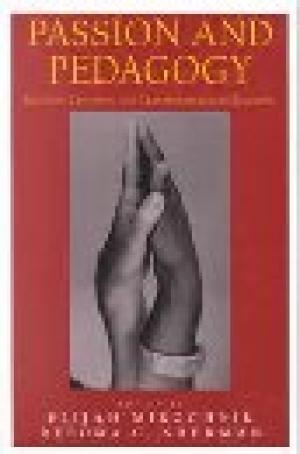
The inaugural title of a series in which faculty members at Lesley University in Cambridge, Massachusetts will address critical issues in arts education for university faculty, classroom teachers, and students of education, based on the innovation programs in the arts there. The 25 contributions discuss creating the teacher and changing the world, collaborative learning and improvisation, constructing a space for creativity in science, and other topics. (From the Publisher)
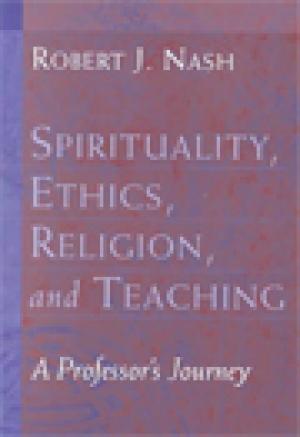
This book is a first-person, pedagogical reflection on what the author - an applied philosopher with an appointment in a professional school - has learned about being a teacher and a student, over a thirty-five-year career in a "public ivy" university. This narrative recounts a series of life-changing, intellectual, and emotional insights gleaned over three decades from students, colleagues, scholars, and mentors. The author's personal story traces the struggle to create a passionate spirituality of teaching, one that reframes traditional notions of religion and spirituality, as well as one that attempts to correct conventional misunderstandings of postmodernism. Nash's story is every educator's story - lived in unique ways at every level of teaching. (From the Publisher)
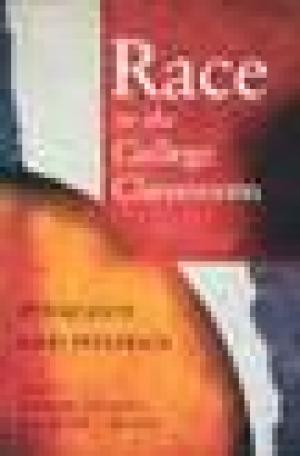
Did affirmative action programs solve the problem of race on American college campuses, as several recent books would have us believe? If so, why does talking about race in anything more than a superficial way make so many students uncomfortable? Written by college instructors from many disciplines, this volume of essays takes a bold first step toward a nationwide conversation. Each of the twenty-nine contributors addresses one central question: what are the challenges facing a college professor who believes that teaching responsibly requires an honest and searching examination of race? Professors from the humanities, social sciences, sciences, and education consider topics such as how the classroom environment is structured by race; the temptation to retreat from challenging students when faced with possible reprisals in the form of complaints or negative evaluations; the implications of using standardized evaluations in faculty tenure and promotion when the course subject is intimately connected with race; and the varying ways in which white faculty and faculty of color are impacted by teaching about race. (From the Publisher)